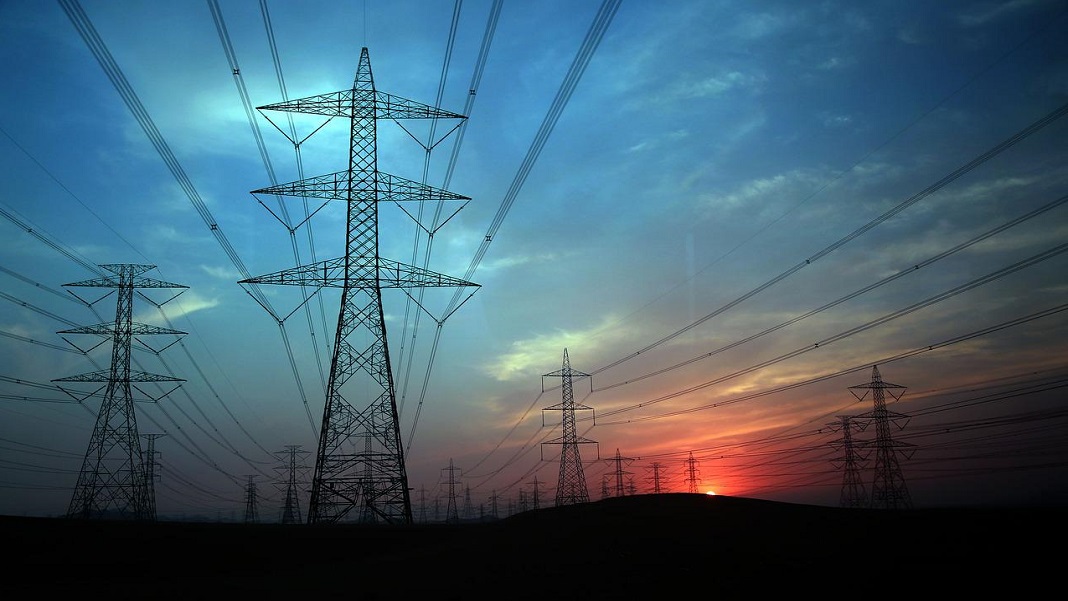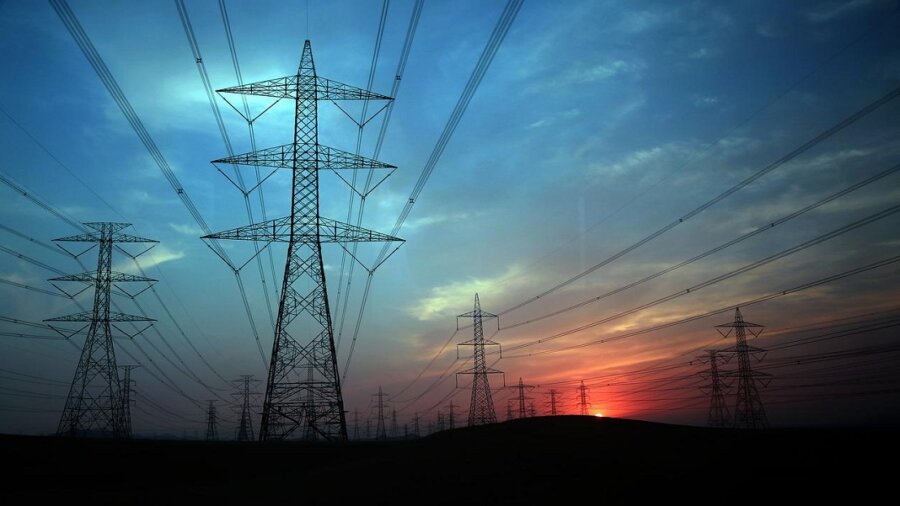

The rush to decarbonize our energy supply has led to some ambitious goal-setting, like President Biden’s plan to create a zero-emissions power sector by 2035 and a zero-emissions economy by 2050. The North American Electric Reliability Corporation (NERC) issued its 2022 Summer Reliability Assessment last month, confirming speculation that these targets and the policies meant to enable them seem unrealistic at best. To avoid power shortages and keep the grid running smoothly, we may have to adjust our pacing and expectations around the transition to green energy.
Analysts say the next several months hold blackout risks for the Midwest, Texas, and California. The Midcontinent Independent System Operator (MISO) has the highest risk of a supply shortfall this summer, according to NERC’s report. MISO operates the Midwest grid, which includes 15 states, and could see peak demand grow 1.7 percent this summer (due in part to a return to normal demand patterns that were altered by the pandemic). Meanwhile, the region will have about 2.3 percent less generation capacity than it did last summer.
Importing power from neighboring grids could help, but when heat waves hit and we all crank the A/C, operators may have no choice but to implement rolling blackouts to keep their grids from collapsing. Generator outages or low winds could have the same effect.
A Perfect Storm?
A multitude of factors have played into the progressive destabilization of the grid, some of them reaching back a decade or more. The drop in the price of natural gas after advances in fracking after 2008, for example, drove down wholesale electricity prices and led to nuclear’s relative cost rising, making it a less desirable supply source and ultimately contributing to nuclear plant shutdowns.
Other grid-destabilizing factors are newer, like the rapid rise of wind and solar with the help of government subsidies, though these sources can’t be counted on for baseload power due to their intermittent nature. And while the war in Ukraine may not directly impact regional American power grids, it has thrown energy markets around the world into disarray and caused oil and gas prices to skyrocket, which certainly doesn’t help when grid operators are already facing so much uncertainty.
Indeed, a “perfect storm” may come together this summer—or if not that soon, sometime in the next couple years. Here’s the formula: first, take the hotter temperatures and upswing in extreme weather events we’re seeing due to climate change. Combine those with increased demand for electricity due to an uptick in post-pandemic economic activity and a rise in electric vehicle sales.
Then, rather than rising supply, see the decommissioning of coal and nuclear power plants taking place across the country, and the lack of replacement sources to close the resulting gigawatt-hour gaps.
MISO, for instance, is seeing closure of coal and gas plants that produce 13 gigawatts of power by 2024, and only 8 gigawatts of replacement sources are currently under development in the region.
Bye-Bye Nuclear (and Coal, and Hydro)
New York’s Indian Point nuclear plant shut down last year, before its operating license expired and after the state rejected efforts by the plant’s owner-operator to renew the license for another 20 years. The plant generated more electricity annually than all the solar panels and wind turbines in the state combined. This supply has since been replaced by natural gas-fired plants, which emit more carbon.
Just last month, Michigan’s Palisades Nuclear Generating Facility shut down. The plant provided 6.5 percent of the state’s electricity. California’s Diablo Canyon nuclear plant, which generated six percent of the state’s power in 2021, is slated to go fully offline by 2025.
President Biden recently earmarked $6 billion to keep existing nuclear plants up and running; hopefully the initiative will see measurable results in the not-too-distant future.
Meanwhile, by one estimate coal power will drop 45 percent by 2030, with utilities planning to shut down more than 99 gigawatts’ worth of supply, and low reservoir water levels at dams like Glen Canyon and Hoover, among others, are forcing a decrease in electricity production from hydropower.
Getting Real
This all adds up to a non-zero chance millions of us will see our lights go out in the coming months and years. The statistics are worrying, but they’re also instructional.
Leaving fossil fuels behind and transitioning to renewable energy sources is imperative, but it must be done in a measured, logical manner, and on a reasonable timeline that prioritizes stability of the grid as it is today—not as we wish it to be in 5, 10, or 20 years.
Energy is the foundation the rest of the economy depends on, as do all our daily activities and livelihoods. Without a strong electrical grid, we’ll have a hard time growing (or even maintaining) economic output, not to mention quality of life.
Renewables are still the way to go (though that must include nuclear and hydro, not just wind and solar), but we need a reality check on how—and how fast—they’re going to replace fossil fuels. If that reality check comes in the form of blackouts, let’s just hope they’re short, non-lethal, and eye-opening enough to spur the needed course-correction.
Image Credit: AshrafChemban / 46 images